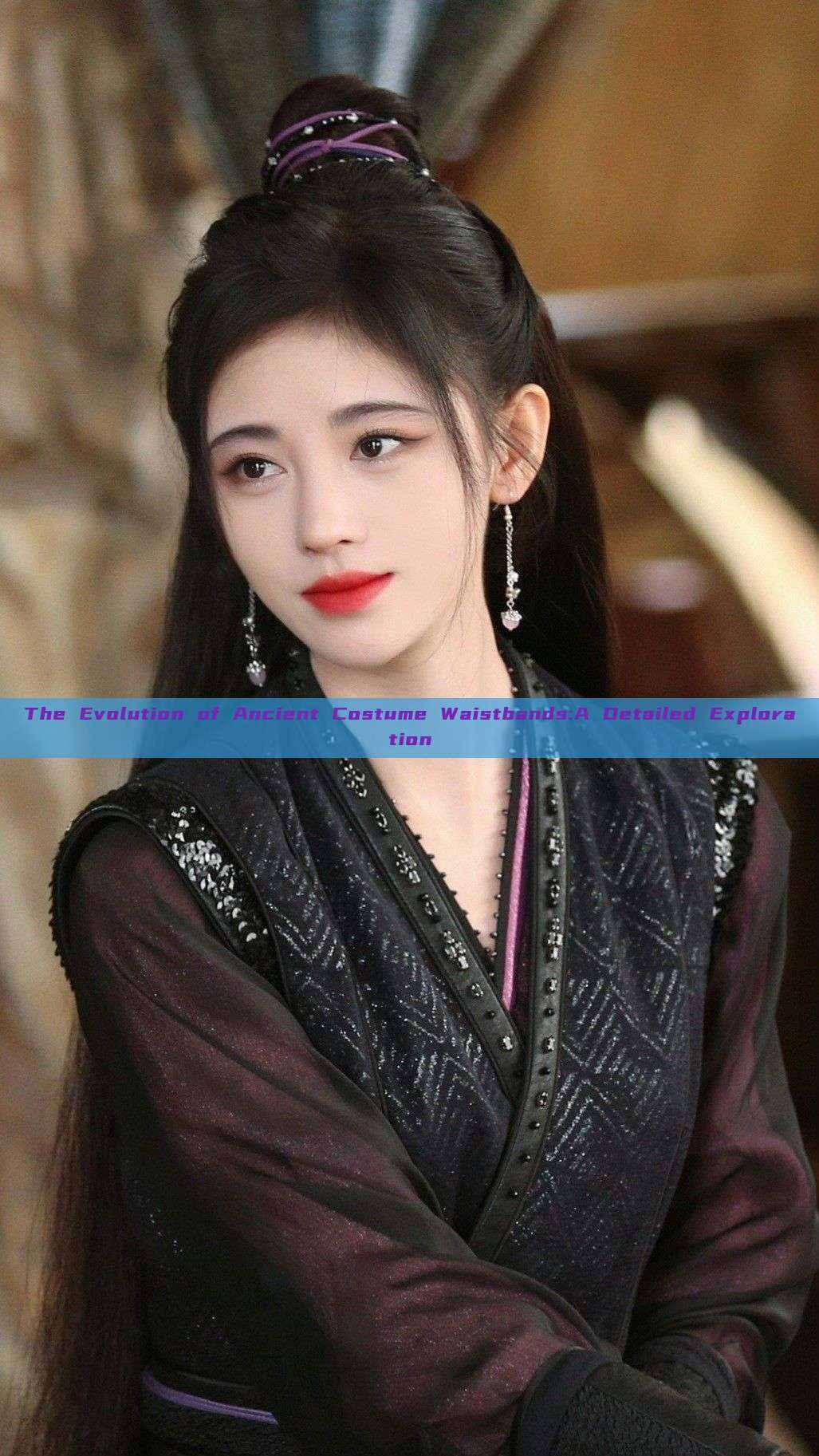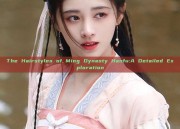The Evolution of Ancient Costume Waistbands:A Detailed Exploration
In the realm of ancient costumes, the waistband or "腰封" plays a pivotal role, not only serving as a decorative element but also contributing significantly to the overall aesthetics and functionality of the attire. This article delves into the history and evolution of the ancient waistband, highlighting its significance in various cultural and historical contexts.

Originating in ancient China, the waistband gradually evolved through different historical periods, each period reflecting a unique style and societal norms. The earliest waistbands were simple bands of cloth wrapped around the waist to hold up the garment and provide a certain degree of shape and structure to the wearer's figure. These early designs often featured intricate patterns and symbols that served as a form of societal or cultural expression.
As time progressed, the waistband underwent significant transformations, influenced by various cultural exchanges and fashion trends. In the Tang Dynasty (618-907 AD), for instance, the waistband became more elaborate, with a focus on showcasing the wearer's slender waist. The use of intricate embroidery, precious stones, and other embellishments added a luxurious touch to the waistband.
The Song Dynasty (960-1279 AD) witnessed a shift in fashion towards more practical designs, and this was reflected in the waistband as well. While still retaining its decorative elements, the waistband during this period emphasized comfort and ease of movement. The design became more flexible and less restrictive, allowing for greater freedom of movement.
The Ming Dynasty (1368-1644 AD) marked a renaissance in waistband design. This period saw a fusion of traditional craftsmanship with innovative designs, resulting in waistbands that were both beautiful and functional. The use of vibrant colors, intricate patterns, and exquisite craftsmanship added to the overall elegance of the costume.
The waistband not only served as a decorative element but also reflected societal norms and values. In some cases, it was even used as a status symbol, with different materials, designs, and embellishments indicating the wearer's rank or social position.
Outside of China, the waistband also gained popularity in other cultures, adopting local styles and influences. In Japan, the obi, a type of waistband, became an integral part of traditional Japanese costumes, often showcasing intricate patterns and designs that reflected the wearer's identity and status.
The waistband has also influenced modern fashion, with many modern designers incorporating elements of traditional waistbands in their contemporary designs. This fusion of traditional and modern elements not only adds a unique aesthetic to modern attire but also provides a link to our cultural past.
In conclusion, the waistband of ancient costumes has undergone significant evolution throughout history. From its simple beginnings as a means of holding up the garment to its later roles as a decorative element and status symbol, it has played a pivotal role in the overall aesthetics and functionality of ancient costumes. Today, as we look towards modern fashion, we can see the influence of these traditional waistbands in contemporary designs, providing a link to our cultural past and a window into understanding the rich history and culture of ancient civilizations.





